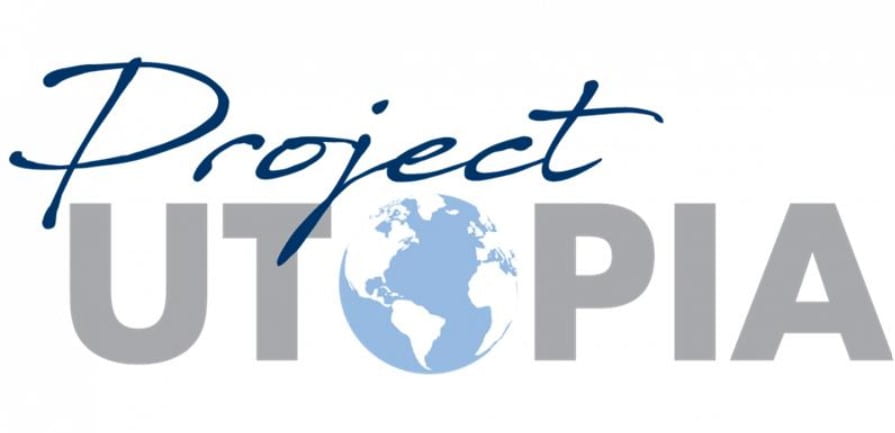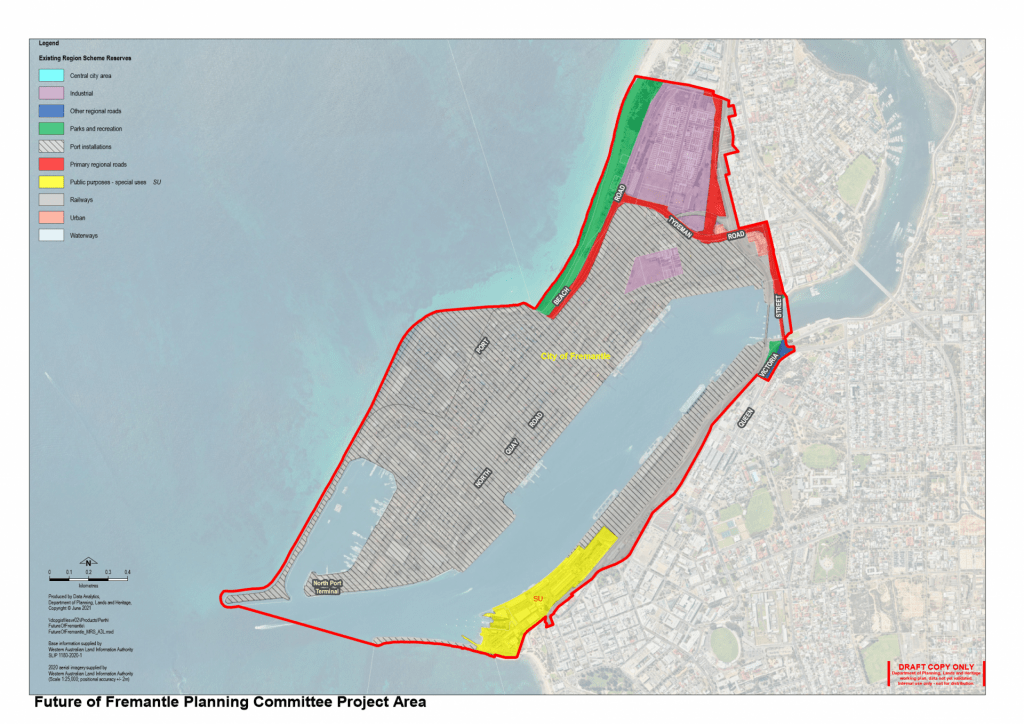
Fremantle Port Redesign
Introduction
Over the past term, my team; Noku, Rithvik, Kaitlyn and I have been working on a redesign of Fremantle Port. The aim was to incorporate the work, live, play aspect to our redesign to make the port sustainable and liveable for when in relocates in 2030. We incorporated the UN Global Goals and try to make our idea sustainable and acknowledge different peoples’ needs and wants. We did this by creating a sustainable carpark which we called the ‘Carpark 2.0’. The idea behind this was a sustainable carpark where people could park their cars at the entry to Fremantle Port, and then use a rental bike to travel around the area. The benefits included zero emissions, less traffic congestion and more pedestrian access throughout the Port town.
Successes and Obstacles:
Though our idea was successful, there were some proposals that failed. One of these failures was a tram line system. We realised this wouldn’t meet the requirements of our project as it wasn’t sustainable. We each had our different responsibilities during the project and our presentation was a vision board where we put all of our learning, findings, and images into a vision board. Our group composed a speech that explained our challenges and successes which we shared with some of the visitors at the final presentation when we presented our project. From this project I learnt about what sustainable and liveable meant, and how to use them when redesigning something. I learnt about teamwork and collaboration which was a big part of this project, I couldn’t have done it without my group. I also learnt about work, live, play which tied in with liveability. Our final product – the car park 2.0 taught me about how to combine two things and make them sustainable for the port, and environment.
Capabilities:

Effective communication was a big part of this project. If we hadn’t used effective communication in our project, it would have been pretty hard to progress. We have to share our thoughts and ideas so we can progress through our redesign. Creativity is also a massive part of this project. We have to brainstorm ideas a think of different solutions and problem solve. We had to be ethical in this project because if we made a mistake in research it could massively stuff up our final project design.
UN Global Goals
The UN Global Goals is a set of 17 goals that are aimed to be achieved by 2030. There are a large variety of goals that connect to Project Utopia like Goal 11: Sustainable Cities and Communities, Goal 8: Good jobs and economic growth, and Goal 7: Affordable and clean energy. In particular, Goal 11 was a big part of the project because we had to make sure that the Port Redesign was sustainable and liveable. Good health and wellbeing was also quite significant to our project because we had to make sure that the citizens of the port were healthy and thriving in their living environment.
Public Speaking Skills

My team had varying levels of being comfortable with public speaking. Some of us had to push ourselves out of our comfort zone to speak to the visitors, though others in the team were more confident to lead the discussions. Being competent with public speaking comes with more and more practice over time.
Liveability

Liveability was one of the most important aspects to this project. A place without liveability would not be a desirable place to live. Liveability meant Work, Live, Play in this project – Being able to go to work, see a doctor, transit around the city, go to a movie and do shopping are examples of this. Our car park design used these. Work – can people park their car to get to work easily and with low impact to the environment. Live – Was the car park sustainable for the environment and easy to navigate around? Play – The idea of renting bikes would allow people to have some fun and visit Fremantle in a novel way.
Vision Board

The vision board was the final product for this project at this stage. Our vision board had 8 different sections for different research points and project ideas. Ours were Sustainability – which shows how we would make our design sustainable, Challenges and questions – this is where we put any observations or questions that we are still unsure of, Inspiration – this section shows where our design was inspired from, Design of our idea – this is the prototype of our design (we didn’t get time to put it on the our board though), Buildings and Transport – we explain how you can move around the city in an orderly way and what buildings are going to be there (cafes, apartments, jobs etc), Plants – what plants will be in our design. We listed a large variety of indigenous plants in this list as well to connect culture to our design. Audience + Culture – Where would our design be? And how can we connect culture to our project. And lastly Global Goals – what global goals can connect to our project and how can we use them.
Design Thinking Process

The Design thinking process is a process that consists of 5 different steps to help us organise our projects. This process includes Empathise – which is where you connect with the project. For this, we went to different places in Fremantle Port and took pictures there. The next stage Define – look further into the problem/idea. In my groups instance, we looked into the problems in Fremantle Port. The next stage Ideate, is where we thought of an idea that could help the port of it’s problem. Our idea was a sustainable car park. The next step was prototype. We had to make a small model of our design. Ours was a sketch of our design that included most of the points of our idea. The last stage – feedback, is where we get some feedback from the teachers and find ways to enhance our design.
Conclusion
A large part of this project was considering peoples needs and wants. As our solution was using bikes for transport, we had to consider that some people, for example the elderly, can’t ride a bike or might prefer to walk. We thought of various options that could solve this, like wheelchairs and walking paths. As we went through this journey of redesigning Fremantle port we learnt many factors that make a place liveable and sustainable. In future, I want our ideas to be contributing to the redesign of the port, and maybe even used in future redesigns and buildings. We connected Greenspace to culture by bringing indigenous and non indigenous Australians together by designing an indigenous cultured gardening system. We faced many challenges and obstacles in this project. We had to restart and scrap the tram line idea because of some research we found about how trams produce greenhouse gases, and the aim for this project is to make it sustainable. Although we may not have overcome some challenges and are able to find solutions for them, we still had a great time being able to be apart of this project and experience what it’s like to redesign a place like Fremantle.